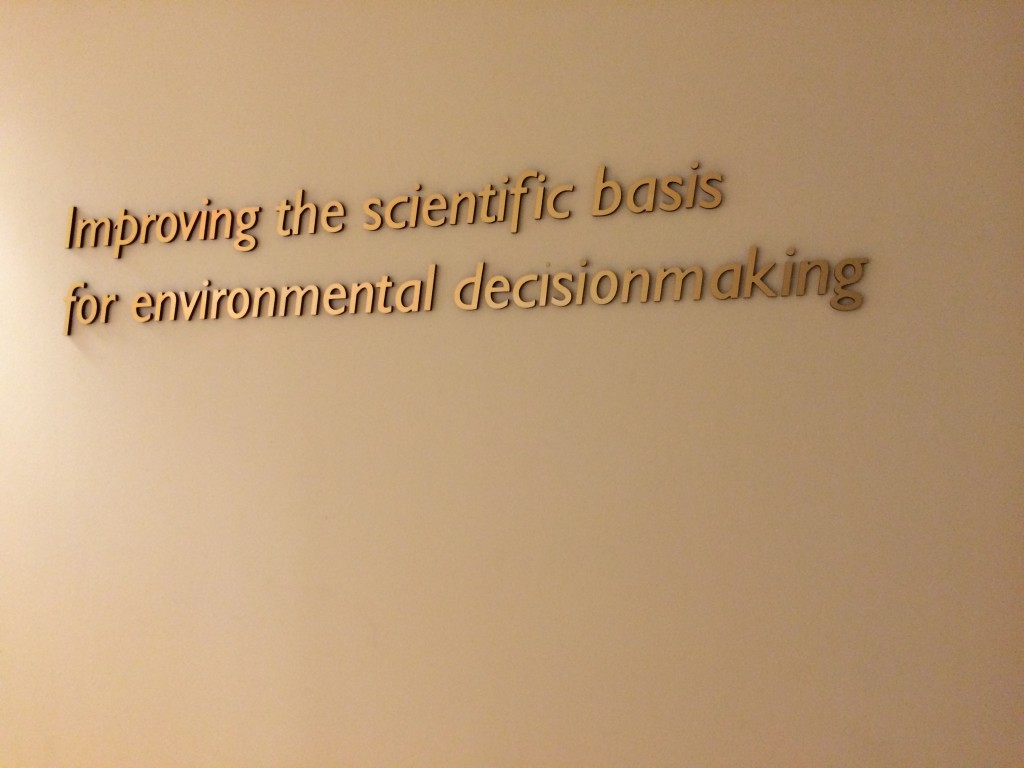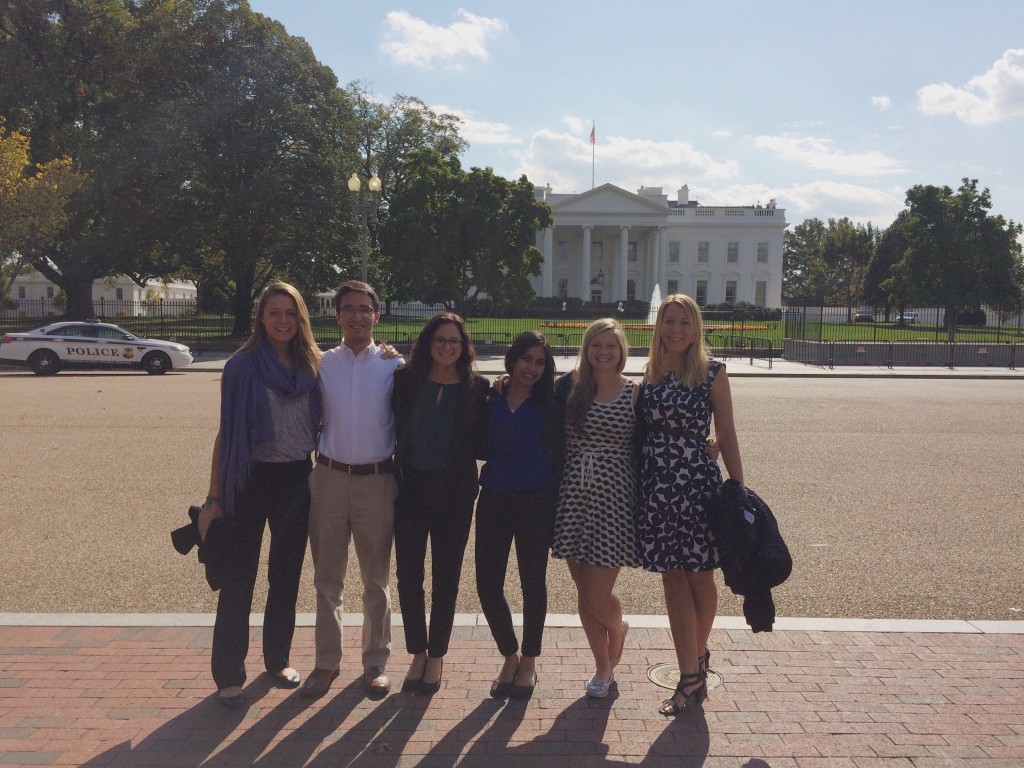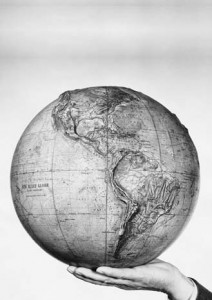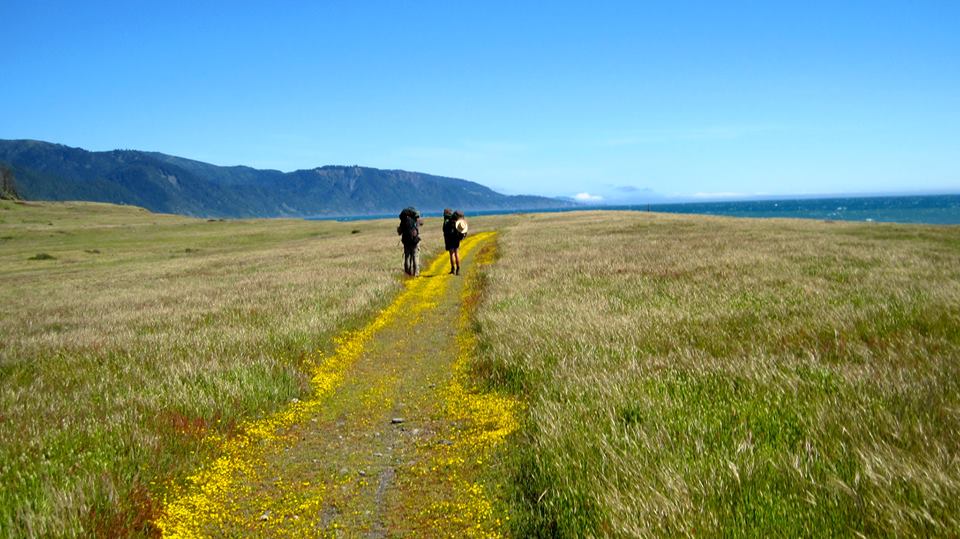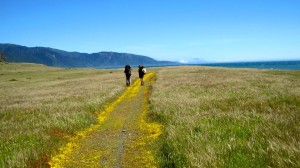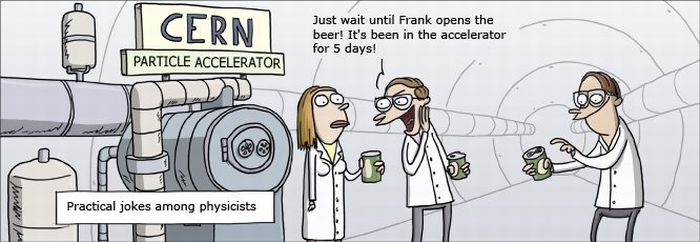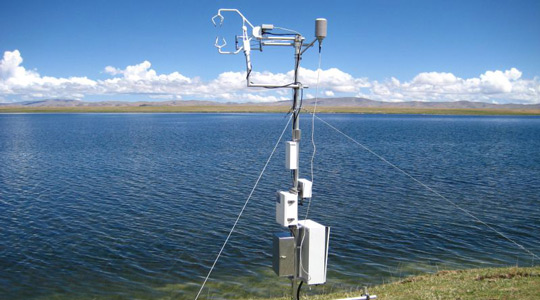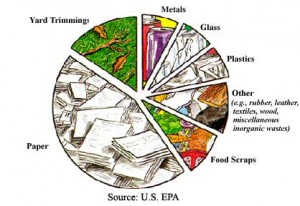By Elizabeth Plascencia
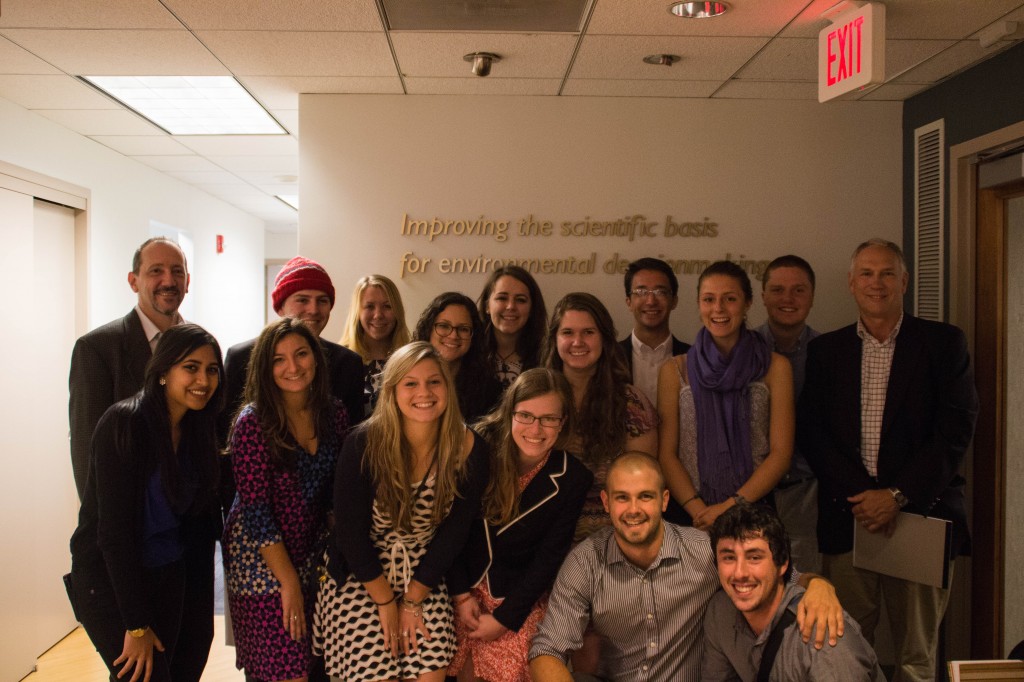
Dickinson’s Global Climate Change delegation spent the past couple of days in Washington, DC. Spanning from Monday, October 20th – Tuesday, October 21st we indulged in engaging dialogues with representatives from the Environmental Protection Agency (EPA), World Wildlife Fund (WWF), Sierra Club, and more. Our meetings were held in a conference room within the National Council for Science and the Environment (NCSE), as Dickinson College is an affiliate. It was an incredible opportunity and experience to hear the range of perspectives alternating from climate scientists, economists, policy makers, and grass-roots movement leaders. It is safe to say that our delegation of students felt an extreme mixture of exhaustion and excitement by the end of our last meeting today. On Monday we met with Tom Lovejoy (United Nations Foundation and George Mason University), Daniel Reifsnyder (US Department of State), Jacob Scherr (National Resources Defense Council), Laura Petes (White House Office of Science and Technology Policy), and Jon Padgham (START). Today, we met with Mike MacCraken (Climate Institute), Dallas Burtraw (Resources for the Future), Liz Perera (Sierra Club), Joel Scheraga (US Environmental Protection Agency), and Keya Chatterjee (World Wildlife Fund).
Personally, these conversations have enhanced and further informed my understanding of global climate change.
It is especially clear that climate action is NOW.
I am so thankful for these individuals that found time in their busy schedules to meet with our delegation for these past couple of days in Washington, DC. This magnitude of engagement and conversation really sets the tone for our travels to the 20th Conference of the Parties in Lima, Peru under the UNFCCC (United Nations Framework Convention on Climate Change). I can hardly wait. Cheers.
Here is a video of Brady Hummel and I speaking about our experiences this weekend:
[youtube_sc url=”https://www.youtube.com/watch?v=z7Ha1CdhAMo&feature=youtu.be” title=”Climate%20Change%20Governance%20in%20Washington%20D.C.”]
